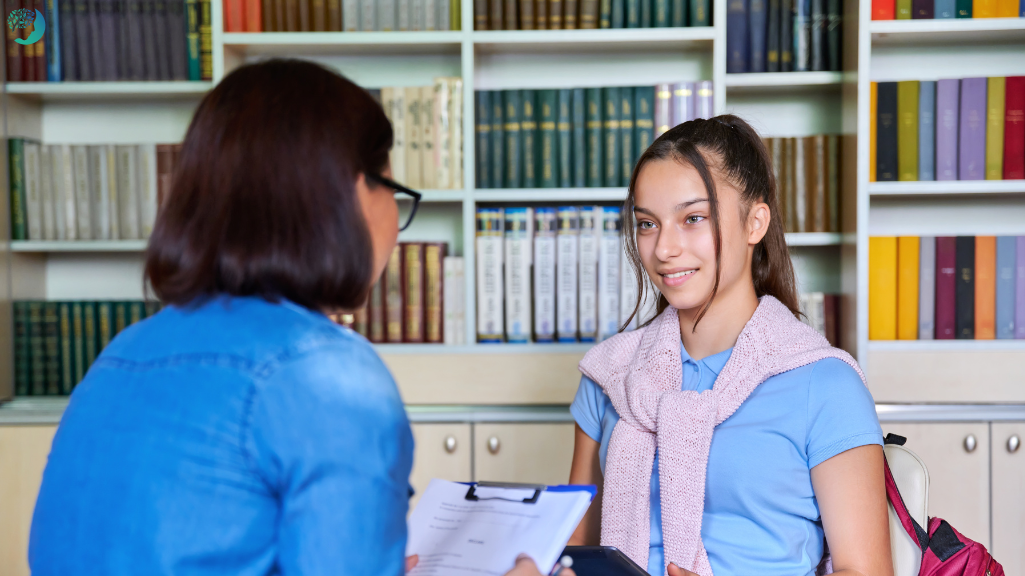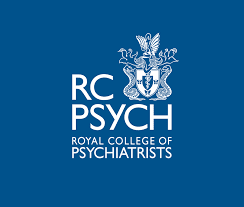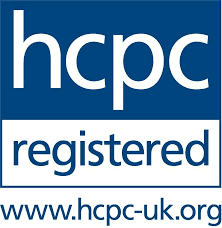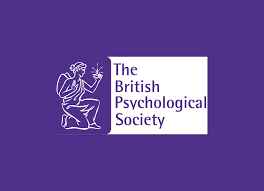Can Practicing Yoga Help Manage Your Anxiety? - Yes, Here's How.
The Scientific Evidence Behind Yoga and Mindfulness
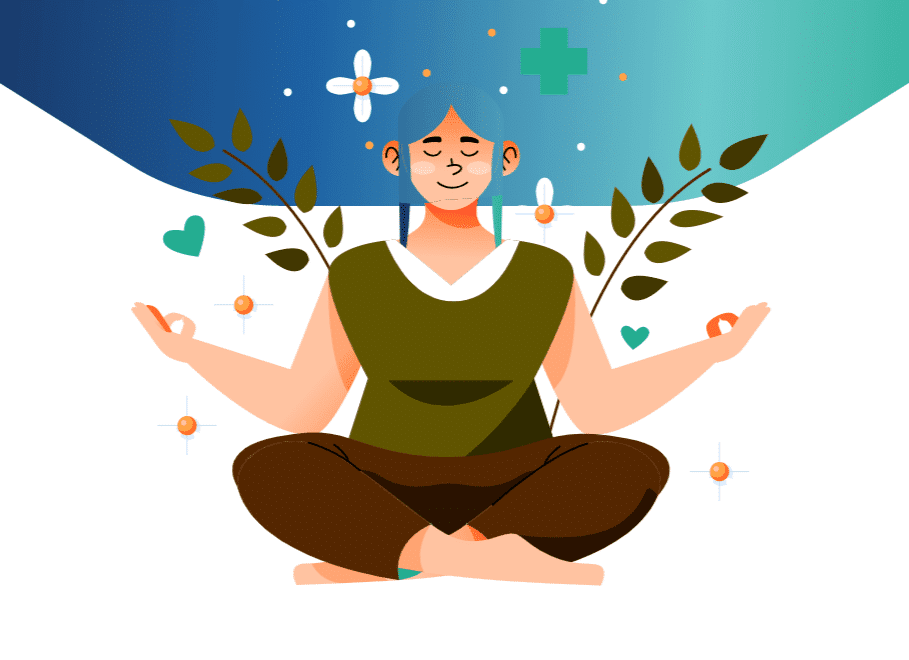
In a fast-paced world filled with stressors and demands, anxiety has become a prevalent mental health issue affecting millions of people worldwide. The side effects and the high costs associated with the current pharmacological therapies has encouraged exploration of alternative methods of treatment. Fortunately, there are natural and holistic approaches to managing anxiety that do not rely on medication alone. Yoga has emerged as one such powerful tool to combat anxiety, offering both mental and physical health benefits.
In this article, we explore the science of anxiety, the basic tenets of yoga, and the evidence supporting it as an effective anxiety intervention. We will be able to find out about how yoga works by combining physical postures, breathing techniques, meditation, and relaxation to help calm the mind and reduce anxiety. This is the added bonus to the fact that, it also helps improve your overall physical health, which obviously is interlinked with your mental health.
The Science of Anxiety
Individuals grappling with anxiety often find themselves trapped in an endless cycle of excessive worry, fear, and tension. These emotional experiences of anxiety are accompanied by several physical symptoms, such as accelerated heart rate, muscle tension, shallow and rapid breathing, and a heightened state of alertness. These bodily responses are the result of the body’s intricate stress response system, which is designed to prepare us to react quickly in the face of perceived threats—a mechanism often referred to as the “fight-or-flight” response.
Scientific research has delved into the physiological underpinnings of anxiety, revealing intriguing insights into the body’s stress response. Studies consistently demonstrated that individuals with clinical anxiety disorders tend to exhibit significantly elevated levels of cortisol—a hormone produced by the body when in high-stress situations. Cortisol plays a crucial role in regulating various bodily functions, including metabolism and immune response to physical illnesses. In anxiety, the body’s cortisol production can become dysregulated, contributing to the ongoing experience of heightened stress.
Also cytokines, a group of proteins produced by the immune system as part of its response to infection, injury, or stress [1] is elevated, in individuals with clinical anxiety, suggesting a complex interplay between the immune system and the brain in the development and experience of anxiety disorders.
These findings clearly demostrate the intricate relationship between the mind and body in the experience of anxiety, in turn highlighting the importance of holistic approaches like yoga and mindfulness to address both the mental and physical aspects of this condition.
Disorder Related Blogs
- Anorexia Nervosa: Recognise the Quiet Killer
- Patient Talk - What Does Severe Clinical Depression Feel Like?
- Dear Mum: A Story by an Oaktree Patient with Depression
- SCHIZOPHRENIA – A Poem
- Autism: Dispelling Myths
- Mental Fitness: “I Have an Addiction”
Lifestyle Related Blogs
- Preventing Online Burnout
- Sad at Christmas? Help Is at Hand
- Burnout at Work
- Mental Fitness: How to Beat Stress
- Mental fitness: Brain Stimulation Therapy
- Mental Fitness: When Should You Stop Driving?
- Mental Fitness: “Let Us Talk About It”
- How to Combat Work-Related Stress
- Foods that make you happy
- Business Spending on Mental Health, Worth it?
- Employers Need More Awareness of Mental Health Issues
Other Blogs
Yoga: History and Key Tenets
Yoga has a rich history dating back thousands of years in India, rooted in the idea of uniting the individual self with the universal consciousness. Its core philosophy is detailed in Patanjali’s Yoga Sutras, which includes moral guidelines, physical postures, breathing techniques and meditation, the principles of which have inspired mindfulness exercise, among other practices. Over time, yoga has become a global phenomenon, celebrated for its ability to create harmony between the mind, body, and spirit, and for its potential to deepen the practitioner’s connection with themselves and their experiences.
In the context of anxiety, yoga is believed to offer profound benefits. Its emphasis on breath work, mindfulness and physical postures, exercise and relaxation is thought to help activate the body’s relaxation response, reducing physiological symptoms like increased heart rate, muscle tension and shallow breathing. Moreover, yoga’s holistic approach can potentially address not only the symptoms but also the underlying causes of anxiety, promoting overall well-being and mental clarity [2].
Yoga promotes slow deep breathing techniques used to relax the mind and body as well as to increase oxygenation (pranayama). As we know, symptoms associated with anxiety include short and quick breaths, with resultant dizziness, yoga helps with breath training which may help during anxious episodes. Considering that yoga involves active attention exercises, it has been shown to increase deeper and mindful thinking processes, hence is calming.
One of the proposed actions of yoga is the activation of the part of our nervous system that slows breathing and heart rate down (parasympathetic nervous system). Studies have also shown that yoga increases the natural level of GABA, a brain chemical (neurotransmitter), which helps with a relief from anxiety.
Yoga & Anxiety: Evidence from Research
Several scientific research studies and systematic reviews of these studies provide substantial evidence supporting the effectiveness of yoga in reducing anxiety. One analysis found that yoga was effective in both short-term and long-term anxiety reduction for individuals with non-clinical anxiety (people who have not been formally diagnosed with an anxiety disorder). This analysis also found yoga to be effective in the short-term reduction of anxiety for those with a formal diagnosis, but less so in the long term [3].
Another review of 27 different studies focusing on yoga as either a primary or secondary treatment showed that in majority reductions in both physical and mental symptoms of anxiety [4] was experienced by those who were treated. Further research has shown yoga to be as effective as medication at reducing symptoms of anxiety and depression, and a combined treatment of yoga and medication to be more effective than medication alone [5]. One study looking specifically at the biochemical relationship between yoga and anxiety found that yoga effectively reduced helped reduce high blood pressure, elevated heart rate, cortisol levels, and cytokine production [6], suggesting that yoga’s benefits can be both physical and psychological.
Interestingly, these findings have been supported across every age group and gender. Several studies specifically focused on children and adolescents, showed that yoga was an effective intervention for anxiety in both the short and long term, and was superior to other holistic practices such as mindfulness and meditation [7.8].
Other research has found yoga to be more effective at reducing symptoms and anxiety and depression than other forms of exercise in elderly populations, as well as improving cognitive function [9]. Gender-specific research on yoga has shown it to be effective at reducing physical and mental symptoms of anxiety and depression in both women [10,11] and men [12].
Yoga Helpful Practice
Medication used as the first line treatment of ADHD, including Elvanse (Lisdexamfetamine), Concerta, Ritalin (methylphenidate), do they help improve your performance at work or school? What about your social life, is the medication effective in improving your ability to make and maintain friendships and relationships? Below are some scientific facts and observations about the effectiveness of stimulants in treatment of ADHD.
Breathwork
Experts state that taking 3 slow deep (more likely the mean abdominal breaths) causes release of serotonin, a brain chemical that helps with reducing anxiety and depressive symptoms. Yoga helps expand the lungs, which in turn causes a feeling of calm.
– most breath practices in yoga involve inhaling and exhaling through the nose, not mouth breathing, there is evidence that this promotes inhalation of more nitric oxide (no). Nitric oxide is drawn deeply into the lungs, where it can reduce the respiratory rate, thus slowing down the breathing rate and therefore help reduce hyperventilation. Slow natural breathing, humming breath techniques, gentle breath retention practices and chanting (mantra) or positive vocal affirmations can all help promote increased no levels in the bloodstream, which help reduce anxiety, as well as holding us safe and without self-judgement in the present moment as we focus on our breath.
Physical activity/ Postures
Not to be overlooked is the anxiolytic benefit of physical yoga practice! There is substantial evidence that exercise and body movement helps manage anxiety. Most forms of yoga (hatha yoga) are physical mindful. The fact that we are completely focused on the postures and the breath through internalisation, avoids external distractions which induce anxiety. Repetitive physical movements with breath intertwined, which acts like a mindful moving meditation, helps dampen the sympathetic nervous system’s stress response via promoting a return to the parasympathetic response. One breath practice which is strongly calming is ujayii (victorious) breath.
Regular routine of practice – regular practice is encouraged for longer term management of anxiety. It works best if we have a fix every day!
A space to self nurture and feel safe – there is this ritual; we roll out our mat to practice, maybe light a candle, find our self in a familiar space. We designate a safe place for ourselves where we can put our anxieties at the periphery. The ‘me time’ is anxiety soothing and empowering in its own right.
Effects on improving sleep. Yoga helps improve sleep. Poor sleep makes anxiety states worse so there is a positive feedback loop here.
Anxiety disorders & neurodiversity – may include of comment to broaden things, linking anxiety to other anxiety disorders and neurodevelopmental disorders such as ASD/ ADHD etc
Conclusion
In conclusion, the science of anxiety has illuminated the intricate relationship between our mind and body, revealing how the body’s stress response system can become dysregulated in the face of excessive worry and tension. The physiological markers of anxiety underscore the complexity of this condition. However, amidst this complexity, the ancient practice of yoga offers a powerful tool to combat anxiety. Its emphasis on breath work, mindfulness, and physical relaxation activates the body’s relaxation response, alleviating the physical symptoms of anxiety. Moreover, through its holistic approach, yoga’s capacity to address both the symptoms and underlying causes of anxiety promotes overall well-being and mental clarity.
A wealth of scientific evidence supports the effectiveness of yoga in reducing anxiety across age groups and genders. From children to the elderly, yoga has consistently demonstrated its potential to enhance mental and physical well-being and should be promoted as an effective intervention. Whether used alone or in conjunction with medication, yoga proves itself as a versatile and potent tool for managing anxiety.


